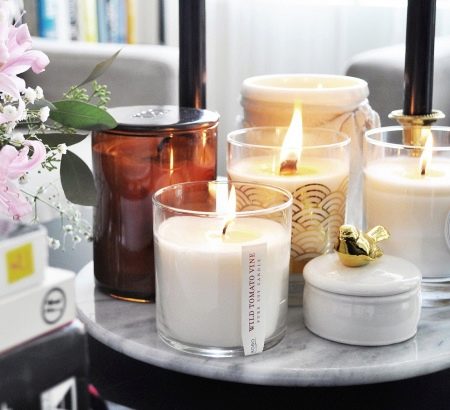Candle Fragrances
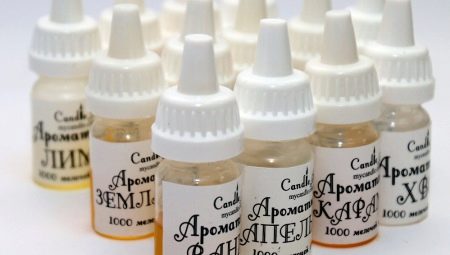
In the manufacture of scented candles, modern craftsmen use an extensive list of all kinds of additives that give the finished products an extraordinary fragrance. Experimenting with different multicomponent formulations allows both novice and experienced candle makers to experience truly amazing results. The article will discuss what fragrances the masters use in creating aroma candles, what fragrances are suitable for making handmade products.
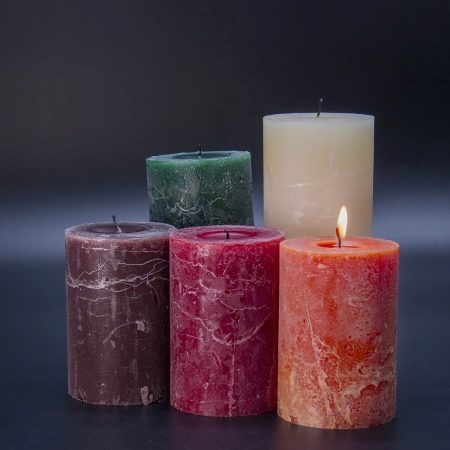
general description
Flavors are liquid, solid, powdery and oily substances, most of which are highly soluble in water and / or fats. The ability of these substances to dissolve in water and fatty substances made it possible to use them in the manufacture of scented candles, soap and other handmade souvenirs. The technique of application and the rate of consumption of a fragrance in the process of work depends on what type of fragrance is used.
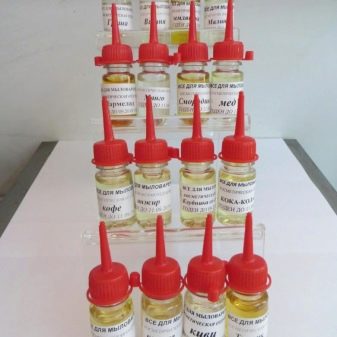
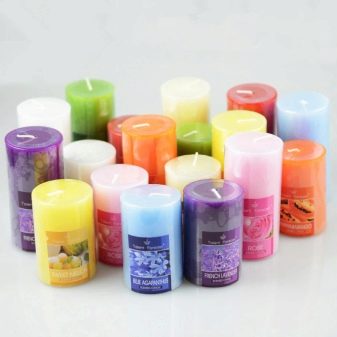
Species overview
Depending on the origin, it is customary to distinguish natural and synthetic candle fragrances. Each type of aromatic component has its own specific characteristics.
It is important to note that experienced candle makers strongly recommend that novice craftsmen use caution and moderation when working with any flavoring agent - no matter what type it belongs to.
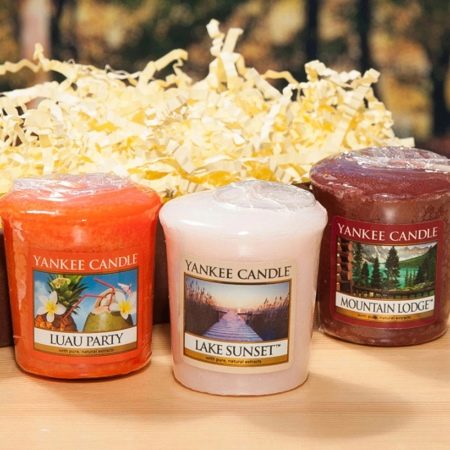
Essential oils are oily or oil-like thick to moderately thick liquids with a strong, pronounced odor. Essential oils are obtained by distillation (steam distillation), extraction or pressing of plant materials - flowers, leaves, fruits, buds, roots and rhizomes.In the manufacture of aromatic candles, citrus, coniferous, floral and spicy essential oils are widely used. Given the high concentration of this type of flavoring, masters use them with extreme caution, spending, as a rule, no more than 10 drops per 400 grams of melted wax.


Natural ingredients - a group of aromatic substances of predominantly vegetable origin. This type of flavoring includes dried and powdered flowers and herbs, citrus peel, all kinds of fragrant spices and herbs.
It should be noted that the components of this particular group do not dissolve either in water or in fats, therefore the manufacture of aroma candles using them requires special knowledge and experience.
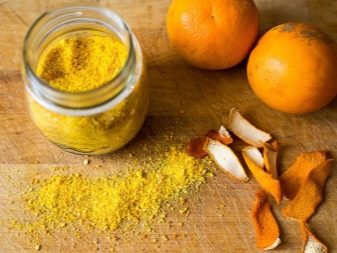
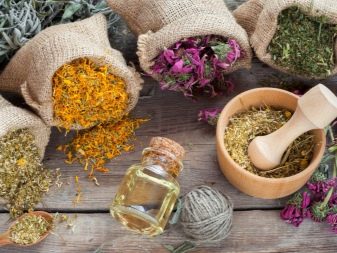
So, one of the most common mistakes novice craftsmen make when working with ingredients of natural origin is their excessive consumption. The use of too many fragrances of this category in the work usually leads to the fact that the wax hardens poorly during work or does not freeze at all, and the finished candle hardly burns, crackles, and emits a lot of acrid black smoke and soot when burning. To avoid this, experienced craftsmen recommend using only proven and high-quality natural ingredients in an amount of no more than 1 tbsp for aromatizing handmade candles. spoons for 450 grams of wax.
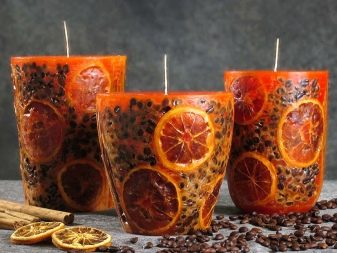
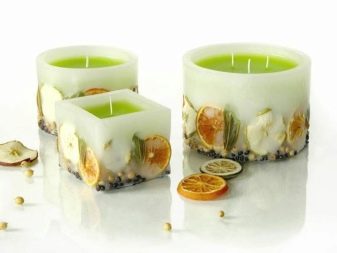
Fragrance oil is another popular type of fragrance that includes scented synthetic oils and natural essential oilsdiluted with additional components - propylene glycol, mineral or vegetable oil. One of the features of this group is an unusually wide selection of fragrances - including those that cannot be found among natural essential oils.
So, of the most unusual aromatic oils of artificial origin, one can note oils with the smell of freshly cut grass, green and black tea, dark and milk chocolate, amaretto, baby powder and even almond cake. Most of the fragrances in this group are highly concentrated, therefore experienced craftsmen advise during work not to exceed the recommended consumption rate, which is 10 drops per 450 grams of melted wax.
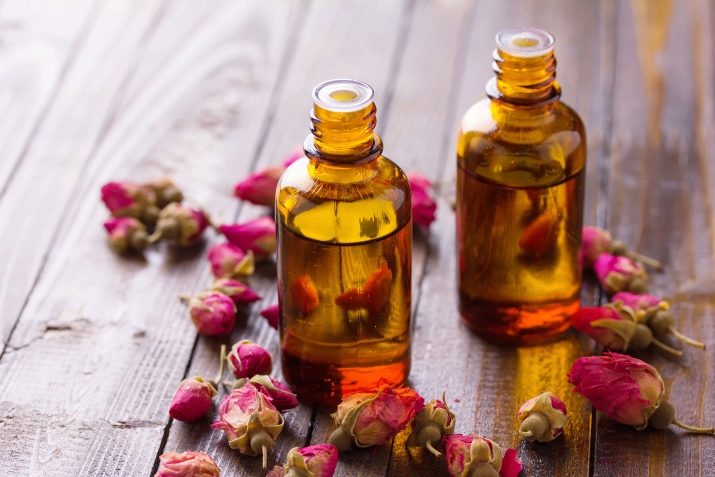
Perfumed components and their compositions are a type of candle fragrances made on the basis of natural essential, but most often synthetic aromatic oils. The intensity of the aroma in this case depends on the composition of the product and the concentration of its ingredients. Perfumed fragrances that imitate the smells of elite men's and women's perfumes are especially popular among modern masters. The average consumption rate for fragrances in this category is about 30 drops per 450 grams of molten wax.
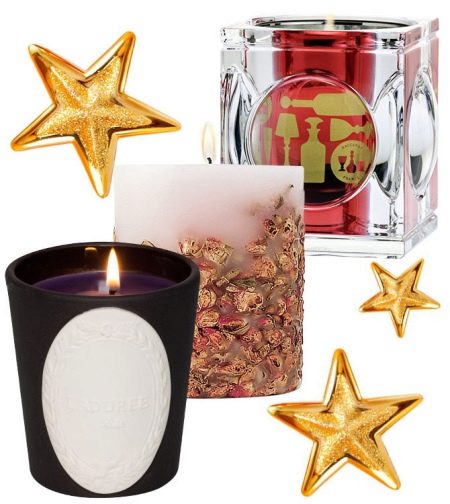
In addition to emulsions, perfumed components for aromatizing candles can be presented in the form of granules, capsules, and powder. Each type of these fragrances provides for its specific application technique and consumption rate (this information can be found in the instructions attached to the product).
Which is better to use?
Experienced artisans consider natural essential oils to be the best fragrances suitable for candle making. They dissolve well both in water and in fatty substances (including molten wax), and candles made with their addition exude very bright, strong aromas.

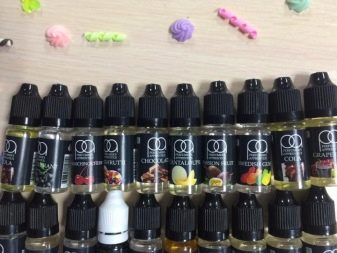
The most popular manufacturers of essential oils made from environmentally friendly and high quality raw materials are several companies:
- Europe: Bergland-Pharma (Germany), STYX (Austria), Florame (France);
- Russia: Botanika, Elfarma, Mirrolla;
- USA: Aura Cacia.
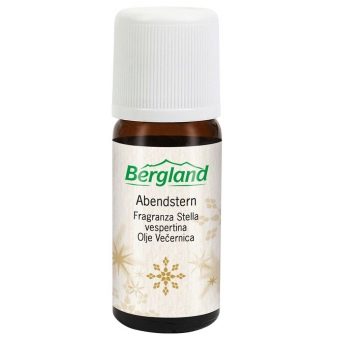
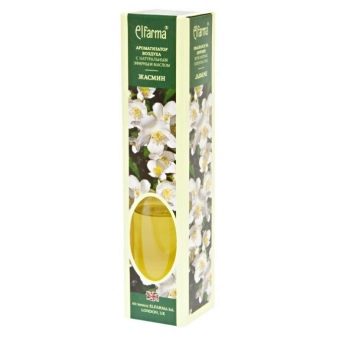
The products of all of the above manufacturers are in high demand among consumers. However, regardless of which product the master intends to use in his work (American, European or Russian), experienced candlesticks recommend testing it first on a small amount of prepared material. And also experienced masters do not advise beginners to immediately start experimenting with multicomponent ethereal compositions, the creation of which requires certain experience and skills.
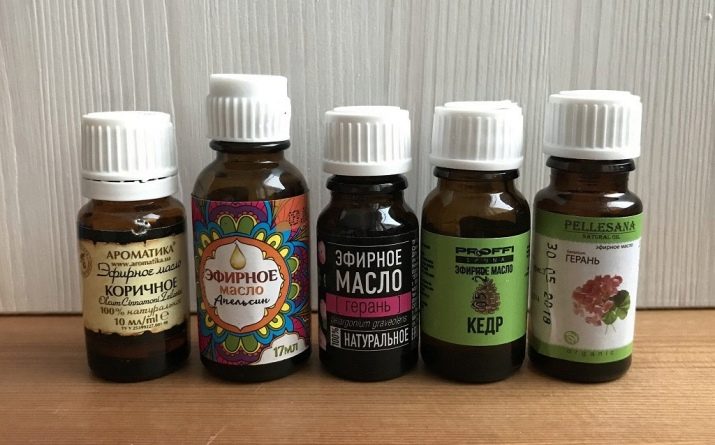
The least suitable for scented candles, according to many masters, are synthetic ingredients and natural herbal ingredients (pressed herbs, dried flowers, spices). It is advisable to work with aromatizers of these categories after gaining experience in using essential oils in luminescence.
